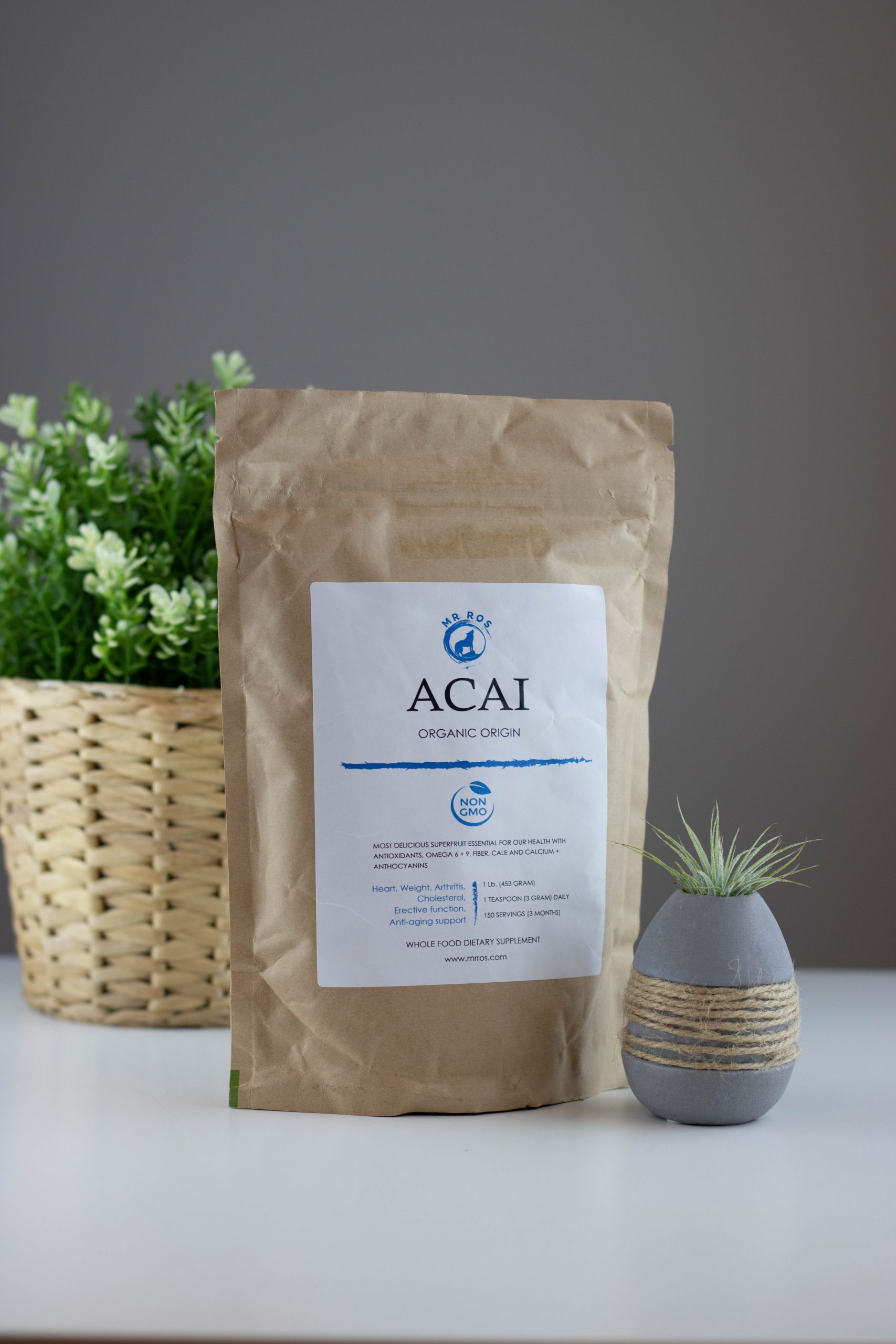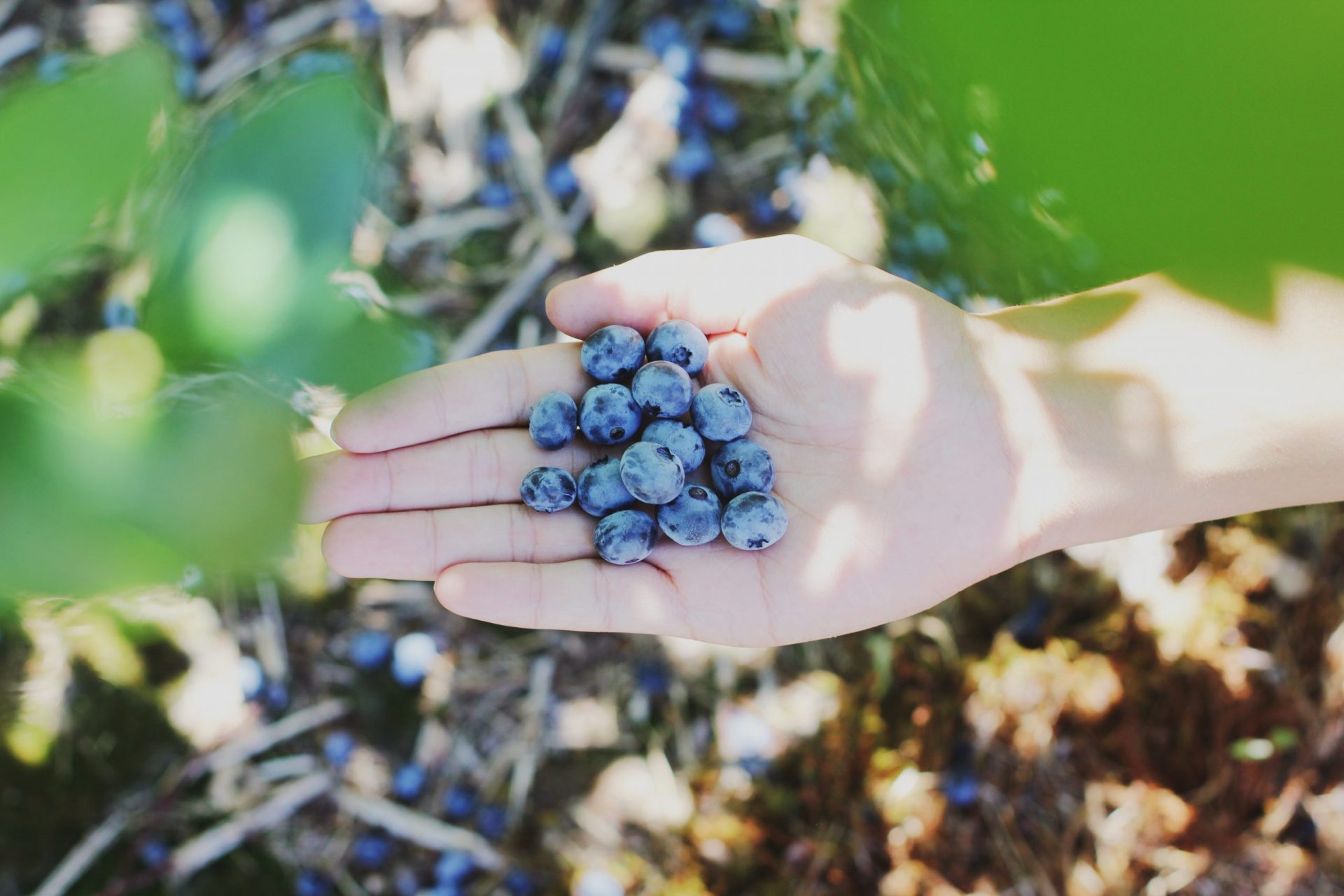Top 5 Foods with Anthocyanins
You’ve probably heard time and time again the importance of eating your fruits and vegetables. These foods contain vitamins, minerals, fiber, and more, all essential for maintaining a healthy body. In addition to these health benefits, many fruits and vegetables contain incredible compounds called anthocyanins.
Anthocyanins are a subset of a larger group called flavonoids. You’ve most likely heard this term in reference to green tea, red wine, and cocoa. Flavonoids are antioxidants. Anthocyanins are as well, but they are much more powerful. Many studies have shown them to have twice the antioxidant power of vitamin C. There are over 500 individual anthocyanins that have been identified. In addition to giving foods their bright blues, purples, and oranges, they are also a powerhouse of nutritional benefits.
The Benefits of Anthocyanins
There are several incredible benefits of anthocyanins. One of the biggest benefits, much like the benefits of other flavonoids, is that anthocyanins may help to fight cancer. There are plenty of lab and clinical studies that suggest anthocyanins, and foods rich in anthocyanins, can provide anti-cancer effects and can help to stop tumor metastasis.
A 2009 study published in the American Journal of Clinical Nutrition found that supplementation with anthocyanins resulted in a 13.7% increase in good cholesterol and a 13.6% reduction in the bad cholesterol. Lowering bad cholesterol is essential for reducing the risk of heart disease, the number one cause of death in the United States. Other research has found that anthocyanins can help to protect the heart by reducing oxidative stress and inflammation while also helping to reduce blood pressure.
Other benefits of anthocyanins include
- They may help to fight obesity.
- Improving vision.
- Healthy liver function.
- Boosting cognitive functions.
5 Foods Chock Full of Anthocyanins
There are several types of foods that contain anthocyanins. The top 5 foods that contain these incredible antioxidants include:
- Dark berries – blackberries, blueberries, raspberries, cranberries, elderberries, and more – are ranked top in terms of antioxidant power. Acai berries, small, reddish-purple berries, are even richer in anthocyanins than any other type of berry. The antioxidant content, which is measured by the Oxygen Radical Absorbance Content (ORAC), of 100 grams of Acai is 15,405 where the content of 100 grams of blueberries is 4,669.
- There are many different types of cherries. Tart cherries have a higher anthocyanin content than sweet cherries. Typically, the darker the color of the cherry (as with any other antioxidant rich food) the higher the concentration of anthocyanins. Studies have shown that individuals who consume tart cherries regularly experience relief from conditions such as osteoarthritis as well as soreness following a workout.
- Purple grapes. Purple grapes are not only an excellent source of anthocyanins, they also help to eliminate uric acid crystals. The skin contains a compound called resveratrol, which helps to fight inflammation. Red wine, made from purple grapes, is also a good source, and has been found to lower cholesterol as well as blood pressure.
- The dark purple skin of eggplant is rich in anthocyanins. Anthocyanins taken from eggplant skin have been shown to scavenge free radicals and prevent lipid peroxidation. One particular anthocyanin found in eggplant may also have anti-angiogenic properties and prevent cell DNA damage. Many recipes call for peeling the skin from the eggplant because it tends to be bitter. In order to get the anthocyanins, however, leave the skin on.
- Black rice. Black rice is also commonly called “forbidden rice.” It has this name due to the fact that only the emperor of ancient China was allowed to eat it. Black rice has been found to have six times more antioxidants than brown or white rice. Additionally, a single spoonful of black rice bran has the same anthocyanin content as a spoonful of fresh blueberries.
There are many foods that contain anthocyanins. Typically, the darker the color of the skin, the more anthocyanins it contains. In order to get the most health benefits, it’s best to eat a varie
Buy here Mr Ros Acai Juice Berry Powder



